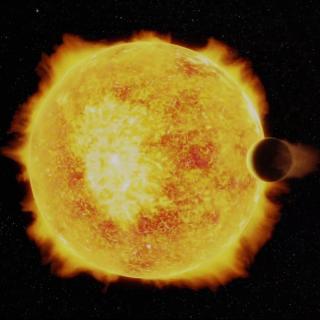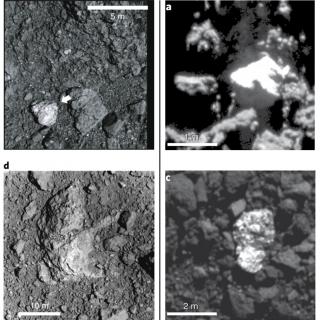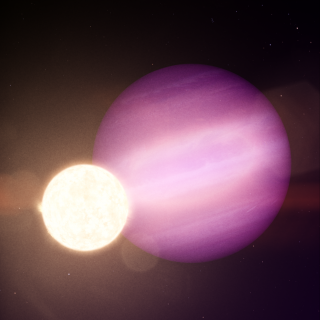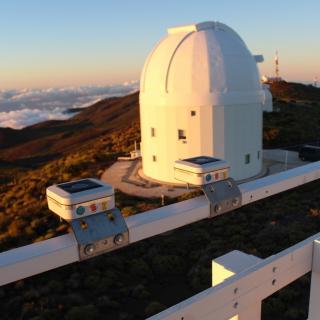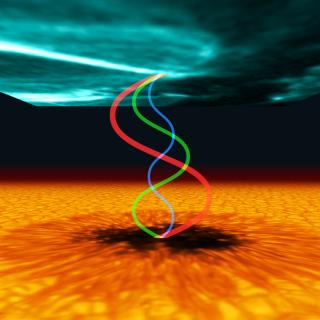![The [O III] spatial profiles The spatial profiles of the observed and expected [O III] 4363 (orange and green, respectively), residuals from subtracting the expected collisional [O III] 4363 profile from the observed one (red), and the O II 4649 profile scaled (blue).](/sites/default/files/styles/crop_square_2_2_to_320px/public/images/news/A46.png?h=0150dd40&itok=dpTtNI6g)
The long-standing difference in chemical abundances determined from optical recombination lines and collisionally excited lines raises questions about our understanding of atomic physics, as well as the assumptions made when determining physical conditions and chemical abundances in astrophysical nebulae. Here, we study the recombination contribution of [O III] 4363 and the validity of the line ratio [O III] 4363/4959 as a temperature diagnostic in planetary nebulae with a high abundance discrepancy. We derive a fit for the recombination coefficient of [O III] 4363 that takes into account
Advertised on
